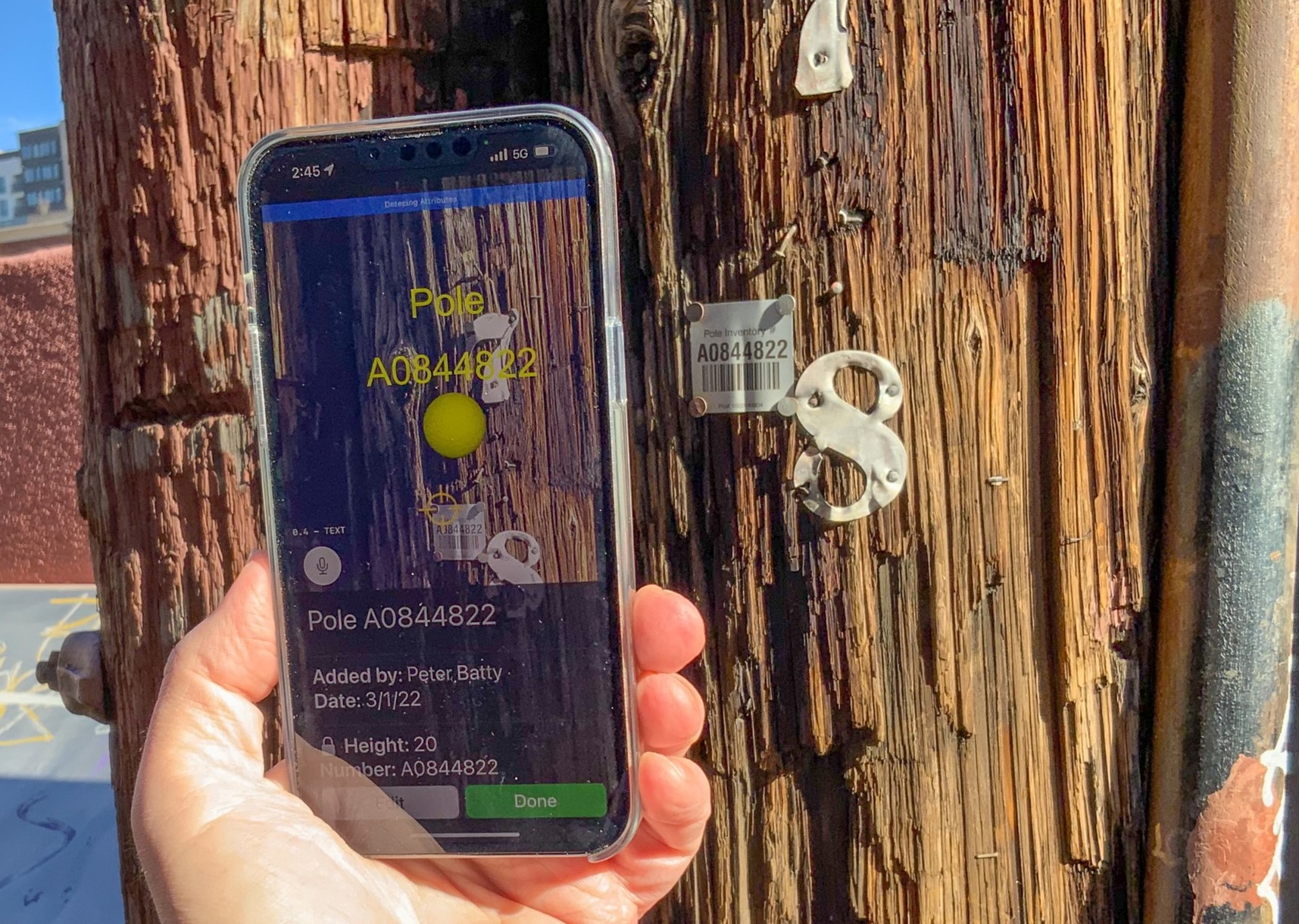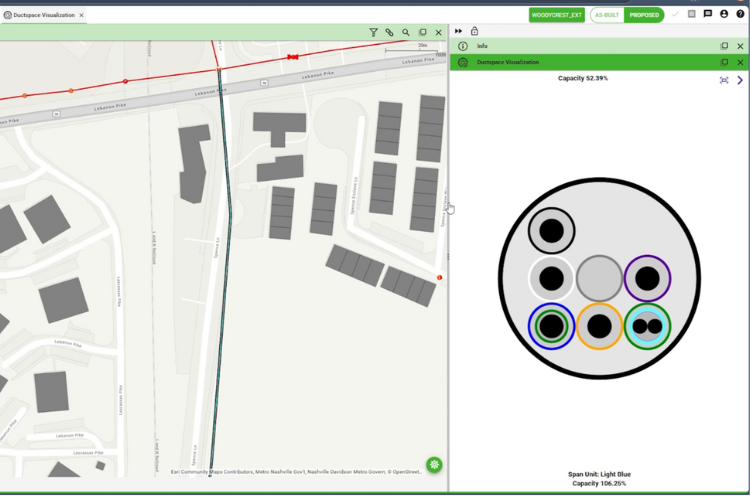The efficient and accurate collection of data is paramount in telecom but has historically been a challenge. Traditional methods often involve manual data entry, cumbersome paperwork, and the potential for errors, leading to challenges in data quality, currency, and operational efficiency. However, the emergence of cutting-edge technologies such as artificial intelligence (AI), computer vision, and augmented reality (AR) presents a transformative opportunity to revolutionize fiber network data collection processes.
AI, with its ability to analyze vast amounts of data and make intelligent decisions, serves as the backbone of this technological revolution. Telecommunications companies can automate data capture processes, significantly reducing the time and resources required for fieldwork. Moreover, AI-driven solutions can enhance data accuracy, thereby improving network reliability and customer service.
Computer vision, a subset of AI, plays a pivotal role in recognizing and interpreting visual data captured in the field. Field technicians can accurately identify various components of fiber networks, such as poles, cables, and enclosures, with minimal manual intervention. This capability not only expedites data collection but also ensures consistency and precision in the captured information, mitigating the risk of errors and discrepancies.
Augmented reality, another groundbreaking technology, enhances the fieldwork experience by overlaying digital information onto the real-world environment. With AR-enabled smartphones or tablets, technicians can visualize network components in real-time, facilitating seamless data capture and asset management, especially in scenarios like fiber drop installations, where precise information is crucial.
The benefits
The integration of AI, computer vision, and AR in fiber network data collection addresses several key challenges faced by telecommunications companies:
Data quality and currency
Traditional data collection methods often result in inaccuracies and outdated information. AI-powered solutions enhance data quality by automating error detection and ensuring real-time updates, leading to more reliable network infrastructure.
Operational efficiency
Manual data entry processes are time-consuming and labor-intensive, leading to delays in project timelines and increased operational costs. By automating data capture through computer vision and AR, companies can streamline fieldwork processes, reduce the backlog of as-built updates, and accelerate project delivery.
Workforce empowerment
Field technicians are often tasked with collecting and updating network data in challenging environments. AI and AR technologies empower technicians with intuitive tools and real-time guidance, enabling them to perform tasks with greater confidence and accuracy.
Future-proofing infrastructure
As telecom networks continue to evolve, the ability to capture and analyze data in real-time becomes increasingly critical. AI-driven solutions provide actionable insights into network performance, usage patterns, and potential vulnerabilities, enabling proactive maintenance and future-proofing of infrastructure. Additionally, integration with existing GIS tools provides automatic attribute capture and data synchronization.
The convergence of artificial intelligence, computer vision, and augmented reality offers a transformative solution for field data collection. Leveraging these advanced technologies presents a compelling opportunity for telcos to streamline their data collection processes and accelerate digital transformation. As the industry continues to embrace the power of these tools, we can expect to see further advancements in network infrastructure management in the near future.



